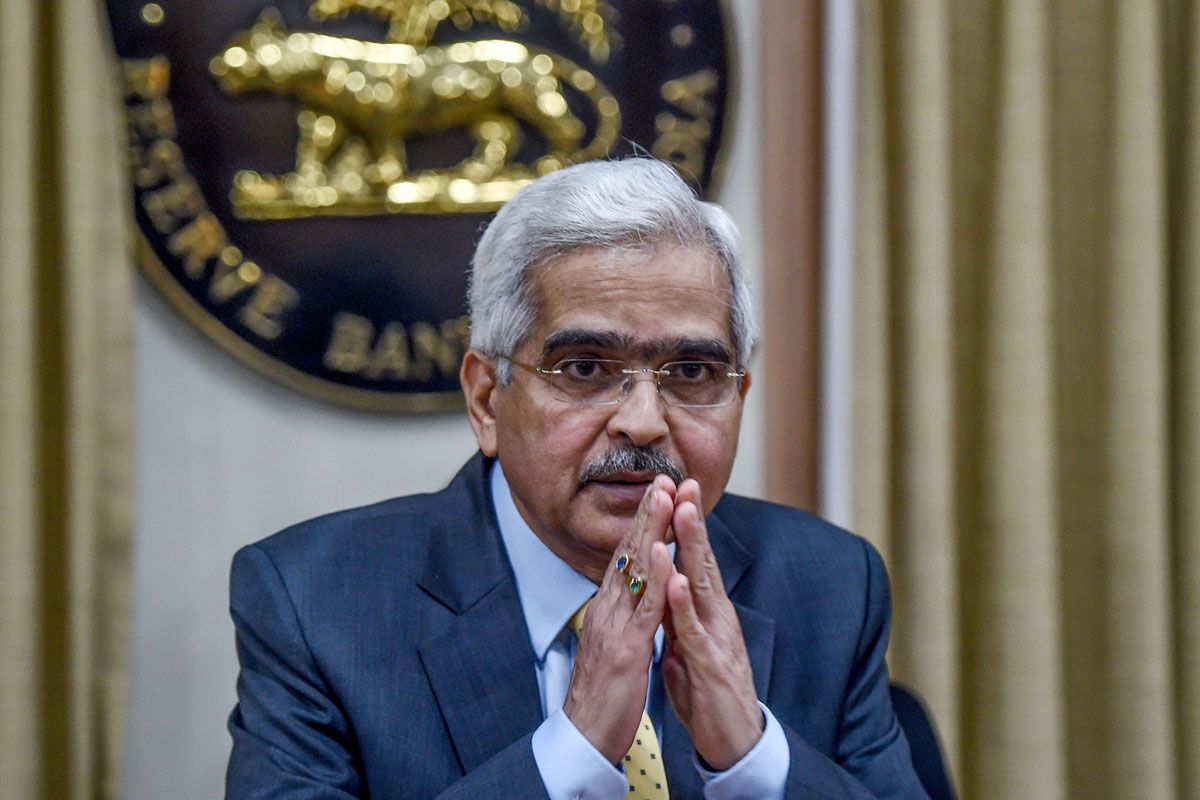Google Pay to impose convenience fee on bill payments via credit/debit cards
Digital payment platform Google Pay has started imposing a convenience fee on bill payments made with credit and debit cards.
Notably, the pilot for ULI was launched last year by RBI to enable frictionless credit, and based on the experience of the pilot, RBI has decided to launch ULI nationwide.

RBI Governor Shaktikanta Das (AFP file photo)
The Reserve Bank of India is set to launch Unified Lending Interface (ULI) nationwide soon as it expects this platform to transform the lending sector in India much like UPI has transformed the payments ecosystem, said Governor Shaktikanta Das.
Notably, the pilot for ULI was launched last year by RBI to enable frictionless credit, and based on the experience of the pilot, RBI has decided to launch ULI nationwide.
Advertisement
Based on our experience from the pilot project, a nationwide launch of the ULI will be done in due course, the Governor said.
Advertisement
Just like UPI transformed the payments ecosystem, we expect that ULI will play a similar role in transforming the lending space in India. The ‘new trinity’ of JAM-UPI-ULI will be a revolutionary step forward in India’s digital infrastructure journey, he highlighted.
“Last year we launched the pilot of a technology platform which enables frictionless credit. From now on, we propose to call it the Unified Lending Interface (ULI). This platform facilitates seamless and consent based flow of digital information, including even land records of various states, from multiple data service providers to lenders,” the RBI Governor said.
This cuts down the time taken for credit appraisal, especially for smaller and rural borrowers, he said.
The ULI architecture has common and standardised APIs, designed for a ‘plug and play’ approach to ensure digital access to information from diverse sources. This reduces the complexity of multiple technical integrations.
Highlighting the benefits of ULI, he said it enables borrowers to get the benefit of seamless delivery of credit, quicker turnaround time without requiring extensive documentation.
In sum, by digitising access to customer’s financial and non-financial data that otherwise resided in disparate silos, ULI is expected to cater to large unmet demand for credit across various sectors, particularly for agricultural and MSME borrowers, he added.
Further speaking on central bank digital currency (CBDC), Das highlighted that there should not be any rush to roll out system-wide CBDC before one acquires a comprehensive understanding of its impact on users, on monetary policy, on the financial system and on the economy.
“Such understanding would emerge from generation of user data in pilots. Actual introduction of CBDC can be phased in gradually. Undoubtedly, CBDC has the potential to underpin the payment systems of the future, both for domestic payments and also cross-border payments,” he added.
Advertisement